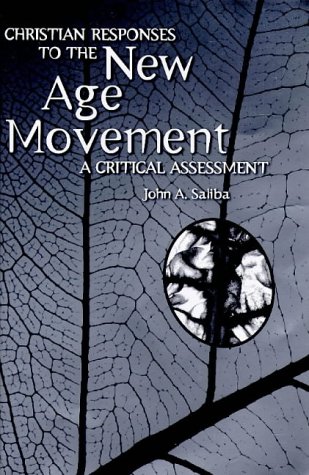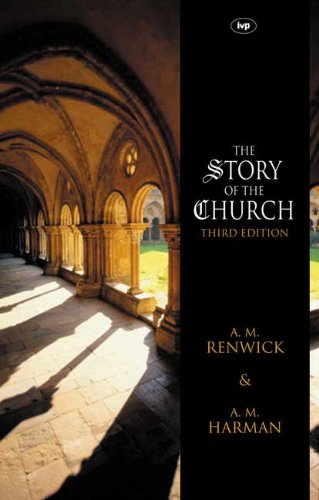Responses to 101 Questions on Islam
Written by John Renard Reviewed By Martin WhittinghamThis work is the tenth in a series of Responses to 101 Questions on … Earlier texts, also written by Roman Catholics like Renard, treat aspects of Christian thought, but volumes on Hinduism and Buddhism are apparently in preparation. Renard’s aim is to provide a basic introduction to Islam for Christians, though the title work ‘Responses’ indicates that the work is also at time a personal statement. The book’s nine sections are entitled ‘Beginnings and Sources’, ‘History and Development’, ‘Beliefs and Practices’, ‘Law and Ethics’, ‘Spirituality’, ‘Cultural and Intellectual Themes’, ‘Relationship to Christianity and Judaism’, ‘Women and Family’, and ‘Global and Geopolitical Issues’. Individual sections comprise between nine and fifteen questions, each question followed by one to two pages of response. A separate final question asks whether the author has considered converting to Islam, and explores the effect of studying Islam on Renard’s Roman Catholic faith. An appendix provides a questionnaire to help readers gauge their own attitudes towards and knowledge of Islam. Renard recommends completing the questionnaire both before and after reading His book, any differences in the replies highlighting the work’s effect on the reader.
Since the broad range of topics covered prevents detailed discussion here I shall instead survey some of the book’s strengths and weaknesses. Renard includes much useful introductory information presented in a clear, concise style. Though responses are necessarily brief, they often provide a useful springboard for further thinking and reading. Valuable nuggets of detail include statistics on the global distribution of Muslims, while Middle Eastern or other stories occasionally add colourful emphasis. The questionnaire is also an asset.
However, Renard presents two disparate elements that are not integrated into a coherent whole. The principal component is basic information aimed at the beginner to the field. The second is brief personal interpretations regarding complex issues in the theological relationship of Christianity and Islam. Renard’s views are presented most fully in response to the final question on his own views, where he states that, while never considering abandoning his Catholic faith, he regards Islam as ‘one of God’s signs’ and ‘a call to expanded awareness’, while Muslims are ‘God’s other children’. This response aside, however, there simply is not space in a book of this length and structure adequately to discuss such issues, which are consequently touched upon in a sentence or two. Discussing why Biblical and Qur’anic narratives about the same figures differ, he writes that ‘Stories are a free-floating possession of humanity’ and variations in the narratives exist for ‘an important purpose’. This purpose is presumably to remind each faith community that they do not have exclusive claims on God and truth. Whether or not one accepts such a stance, such brief comments sit uneasily, in my view, in the context of a basic primer on Islam (and are far removed from a Muslim understanding of the issue). Furthermore, it is occasionally unclear whether Renard states his own or general Muslim belief. For example, ‘Muhammad was what he was by God’s grace and power; one can neither aspire to, let alone achieve, the status of prophet by one’s own effort’ (7). This sounds like Renard, but the context is a paragraph outlining Muslim views.
Renard stresses the similarities of ‘the three Abrahamic faiths’ in a way that gives a distinctive flavour to the diet of information he offers. Responses … is thus only a good jumping-off point into the exploration if read critically as a personal account as well as a factual resource. Given this proviso, it can serve as a useful map of territory for those seeking a brief introduction to Islam.
Martin Whittingham
Edinburgh Centre for Muslim-Christian Studies






